You may already know that your ‘bounce rate’ is an analytical term referring to a visitor who finds your website, visits a page, and then leaves having no interaction — in other words, they bounce. Let’s delve deeper into what you need to know about bounce rates and how to avoid them.
Is bounce rate bad?
In short, yes. If your bounce rate is high, it could be a problem pertaining to your website content. Is it engaging enough to keep a viewer interested and interacting with your website? If you have an e-commerce site, and customers are not completing their checkout process, then that’s a big problem (you’re losing sales). Either way, you might need to audit your site to look for ways to improve it.
What does a high bounce rate mean for SEO?
This question is trickier. First thing to note is that Google does not look at your bounce rate in regards to website ranking. However, that being said, there is a lot of evidence that Google does measure engagement in some way (that we are not privy to) which in turn tells us that your bounce rate is an indicator of a visitor’s satisfaction and engagement. Your goal is to understand how engaged and satisfied your visitors are with their experience on your website which, in turn, will benefit your SEO.
However, your bounce rate will not automatically raise your Google ranking. But it will have a positive impact to your site — visitors will be more satisfied and happier with your site, for one thing! And that is the ultimate goal.
How do I lower my bounce rate?
- Fine-tune your page speed: No one enjoys a slow-to-load website, so by lowering your page load time, you will lower your bounce rate resulting in more satisfied visitors. And bonus, fast-loading sites are also (to some degree) a Google ranking factor. Aim for your website page’s main content to load in 2.5 seconds or less.
- Increase intent satisfaction: Try broadening your scope by considering all the possible intentions a visitor may be using as their search terms. The wider net you cast, the better your effectiveness with engagement — therefore lowering your bounce rate.
- Deep competitive analysis: This will uncover what’s already ranking for each term. Narrow in on your ideal search term and then, review all ranking data to determine what’s working and steer your content to satisfy for those terms.
- Answer questions: Dive more deeply into answering questions with long-form content, which performs better in search results.
- Link to related content: For example, related articles, affiliated partners, preferred vendors, resources, examples, sources, etc. When a visitor clicks on your link, they are receiving intent satisfaction and you’ve lowered your bounce rate.
- Smart call-to-actions: The best way to increase your CTAs is to include ranking keywords in the CTA itself. For example, if my CTA is to sign-up for this e-newsletter, it is more powerful for the link to read “Send me your e-news” than just “Sign up”. It’s simple psychology!
- Use inverted pyramid writing: I learned this when earning my Journalism degree — you start the story with the ‘hook’ to engage readers when they are there to get answers, and draw them into your writing. Start with your lead, a quick answer, then as they read on, the details.
- Make site search simple: Don’t make your visitors search Google. It’s far better for them to search your site instead (and you keep them there and engaged!).
- Mix your formats: Web pages with a mix of images, video and text will do better than pages with one of those types of formats alone.
- Reduce dead links: Check your website to make sure that all your links work or your visitors will leave frustrated.
If you have any questions or need a hand optimizing your website to decrease your bounce rate, we’re here to help at at 203-776-1323 or amy@elementsdesign.com
—Amy



